We’ve all been told that tap water is generally safe to drink, but how much do we know about what’s lurking in every glass? Tap water may look clear and clean, but beneath the surface, it can be home to a cocktail of hidden contaminants. From harmful metals to bacteria and chemicals, many of these invaders are silent, with no taste, color, or smell to warn you. Let’s explore 13 common contaminants that could be lurking in your tap water and what you need to know to stay safe.
1. Lead: A Poison In Your Pipes

Lead is one of the most dangerous contaminants that can find its way into your tap water, particularly in older homes with lead pipes or plumbing. Even small amounts of lead exposure can lead to serious health issues, especially in children, causing developmental delays and brain damage. Lead can seep into water when the pipes or fixtures corrode, and it’s often undetectable without a specific water test. Unfortunately, many older homes still rely on plumbing that may contain lead, posing an ongoing risk for residents.
To protect your family, it’s essential to check if your home has lead plumbing and consider installing a water filter certified to remove lead. Many public water systems now have low lead levels, but older infrastructure may still be at risk. Always use cold water for drinking and cooking, as hot water can dissolve more lead from pipes. Taking these precautions will help reduce the potential risks and ensure your water is safe. According to Earthjustice, updated EPA regulations are pushing for the replacement of lead pipes nationwide within the next decade.
2. Chlorine: A Chemical Pool In Your Glass

Chlorine is commonly added to tap water to disinfect and kill harmful bacteria. While it’s effective at preventing microbial growth, it can also leave behind chemical byproducts known as trihalomethanes (THMs), which are linked to cancer and reproductive issues. Additionally, chlorine has a distinct taste and odor that many people find unpleasant. The presence of chlorine in water is a sign that the water has been treated to kill bacteria, but the byproducts can be concerning when consumed over long periods.
Though chlorine is necessary for keeping water safe from bacteria, long-term exposure to high levels of chlorine or its byproducts can be harmful. You can reduce exposure by using a water filter that removes chlorine or by allowing the water to sit uncovered for a while before drinking, which helps the chlorine dissipate. Many people also find that installing a filter or using bottled water is a good option for improving both the taste and safety of their drinking water. According to SWEHSC, studies suggest that chlorinated tap water may alter gut bacterial composition, highlighting potential public health concerns related to long-term exposure.
3. Fluoride: A Double-Edged Sword
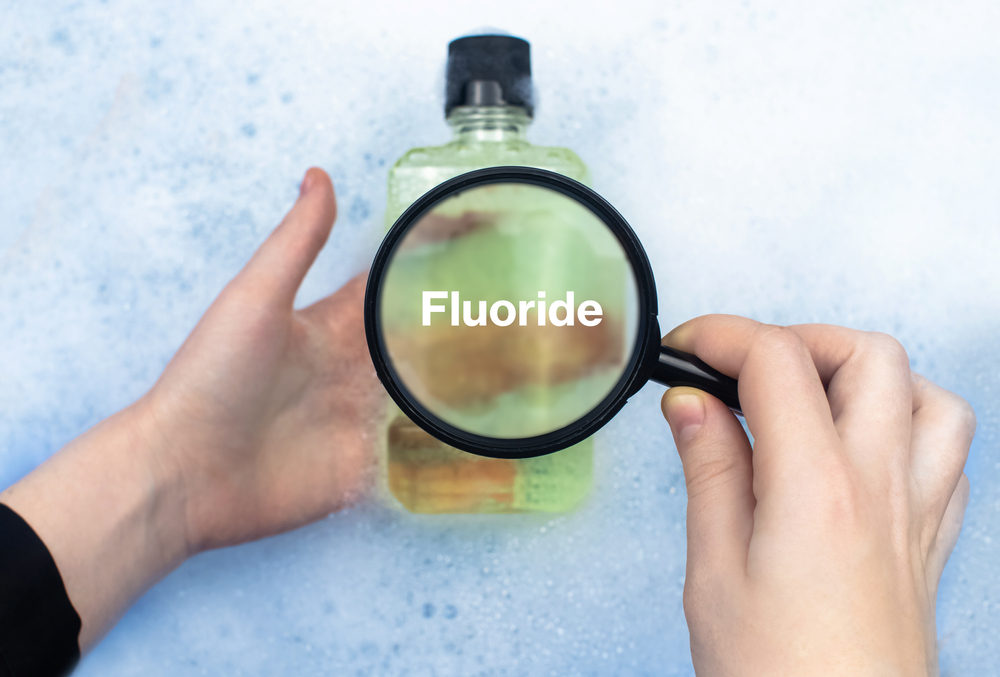
Fluoride is added to many municipal water systems to help prevent tooth decay, but its widespread use has been controversial. While it may offer dental benefits, excessive fluoride exposure can lead to dental fluorosis, a condition that causes discoloration and damage to teeth. There is also ongoing debate about the potential health effects of long-term fluoride consumption, with some studies suggesting it may have adverse effects on the bones, thyroid, and brain. The addition of fluoride to water systems remains a subject of concern for many individuals who are wary of its potential side effects.
If you’re concerned about fluoride, look into installing a filtration system that specifically targets fluoride, as standard filters won’t remove it. In areas where fluoride is added to tap water, you can also choose bottled or filtered water for drinking if you prefer to limit exposure. Regularly checking the fluoride levels in your water through local water reports can also help you make an informed decision about whether to filter or avoid it. According to The Journal of Political Economy, while fluoride has proven dental benefits, studies have raised concerns about its potential neurotoxic effects and impact on cognitive development.
4. Pesticides: Chemical Residues In Your Glass
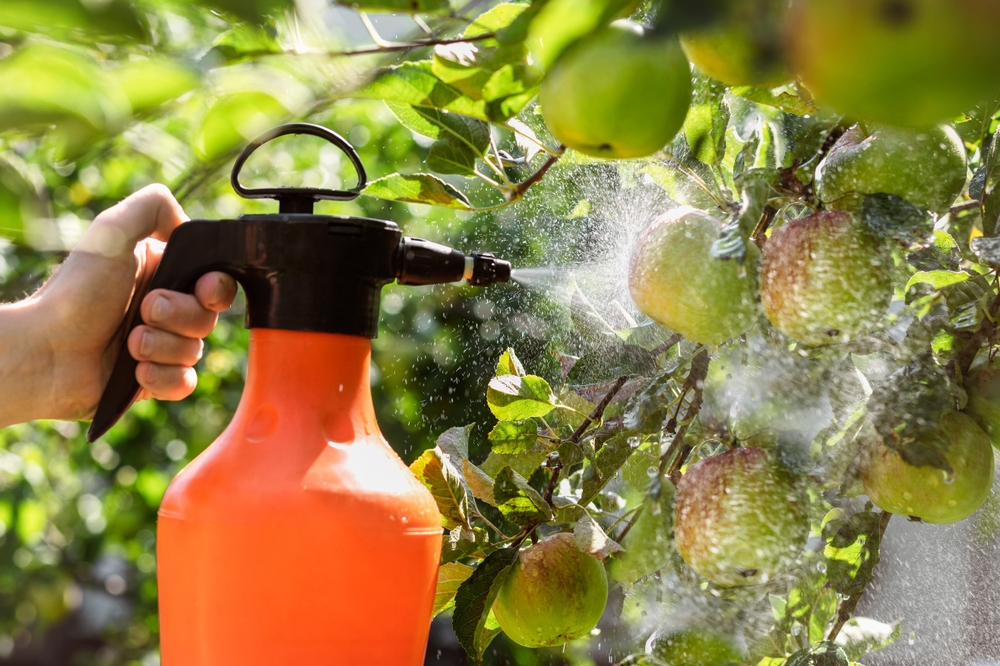
Pesticides from agricultural runoff can make their way into the water supply, especially in rural areas near farming operations. These chemicals can persist in water systems and are linked to a range of health problems, including hormonal imbalances, developmental issues, and even cancer. While water treatment plants do their best to remove pesticides, traces may still linger. Pesticides can enter the water supply during rainfall or irrigation when chemicals are washed from fields into rivers, lakes, and groundwater.
The best way to reduce exposure to pesticides in tap water is by using a filter designed to remove these chemicals, such as activated carbon or reverse osmosis systems. Additionally, staying informed about local water quality reports can help you understand the level of pesticides in your water. For those living in agricultural areas, regular water testing is essential to ensure the water remains safe to drink. According to EcoWatch, contaminants like pesticides are increasingly found in tap water due to outdated infrastructure and insufficient regulation.
5. Nitrates: Fertilizer Fallout In Your Water

Nitrates are commonly found in agricultural runoff, where fertilizers and manure seep into the groundwater. High levels of nitrates in drinking water can cause “blue baby syndrome” in infants under six months and may increase the risk of certain cancers and other health issues in vulnerable populations.
According to the University of Minnesota, nitrate contamination in drinking water is linked to adverse health outcomes, including low birth weight, preterm birth, and certain cancers. Testing your water regularly for nitrate contamination is essential if you live in agricultural areas or use well water. Installing reverse osmosis or distillation systems can help reduce nitrate levels in drinking water for safer consumption.
6. Arsenic: A Hidden, Toxic Threat

Arsenic is a naturally occurring element that can be found in soil and water, especially in areas with high levels of rock erosion. While it’s tasteless and odorless, arsenic is highly toxic and is linked to cancer, skin lesions, developmental issues, and cardiovascular disease. Arsenic contamination can occur through industrial pollution or naturally occurring sources, particularly in regions with arsenic-rich rocks or groundwater. Long-term exposure to even low levels of arsenic can lead to serious health problems, making it a critical contaminant to monitor.
If you suspect arsenic in your water, especially if you have private well water, get your water tested. Whole-house filtration systems that use activated alumina or reverse osmosis are effective at removing arsenic and protecting your health. Regular testing, especially if you live in a known arsenic-prone area, is crucial to ensuring your water remains safe to drink.
7. Mercury: A Heavy Metal Danger
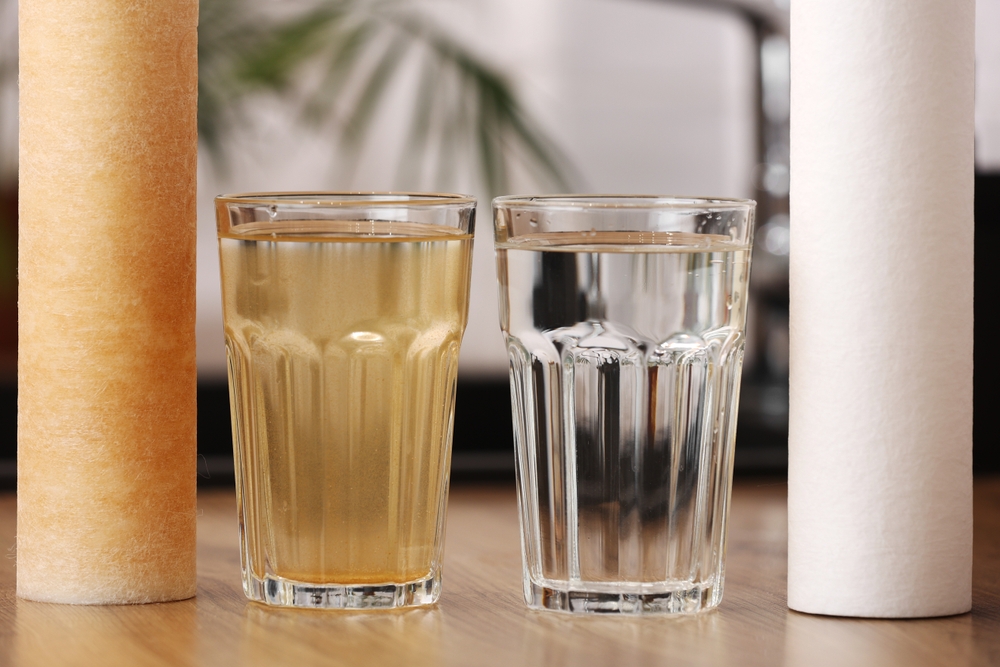
Mercury contamination can occur from industrial waste, mining activities, or even household products like thermometers and batteries. This heavy metal can accumulate in water supplies and is highly toxic to the nervous system, kidneys, and brain. Chronic mercury exposure can result in neurological damage, especially in young children and pregnant women. While mercury is rarely found in large quantities in tap water, it can still pose a significant health risk if contamination occurs.
Mercury in tap water is usually found in low levels, but it can still pose a threat over time. To remove mercury from your water, consider using a reverse osmosis system or a water filter certified for heavy metal removal. Being proactive about testing your water, especially in areas near industrial activity, can help you detect mercury contamination early and protect your family’s health.
8. Perfluorooctanoic Acid (PFOA): Forever Chemicals

PFOA is a man-made chemical used in the production of nonstick cookware, waterproof fabrics, and firefighting foams. It has been linked to liver damage, developmental issues, and cancer. PFOA is incredibly persistent in the environment, earning it the nickname “forever chemical,” and it can accumulate in the water supply over time. As these chemicals do not break down easily, they can remain in water systems for decades, leading to long-term exposure risks.
PFOA contamination is more common near industrial areas or military bases where firefighting foams have been used. To remove PFOA from tap water, look for filters that are designed to tackle these chemicals, such as activated carbon filters or reverse osmosis systems. If you live near a known source of contamination, it’s advisable to have your water tested regularly to ensure its safety.
9. Microplastics: Tiny Pollutants, Big Impact

Microplastics are small plastic particles that have entered our water supply through pollution, products, and the degradation of larger plastic waste. These particles are too small to be filtered out by most water treatment systems, and while the long-term health effects are still being studied, microplastics have been linked to potential harm to the liver, kidneys, and endocrine system. They are also a concern for aquatic ecosystems, where marine life is increasingly exposed to these tiny pollutants.
The most effective way to reduce exposure to microplastics in tap water is by using advanced filtration systems like reverse osmosis. However, since microplastics are pervasive, it’s also important to reduce plastic use in daily life to prevent further contamination. Regular water testing can also help identify the presence of microplastics, allowing you to take appropriate steps to protect your health.
10. Bacteria And Viruses: Invisible Threats
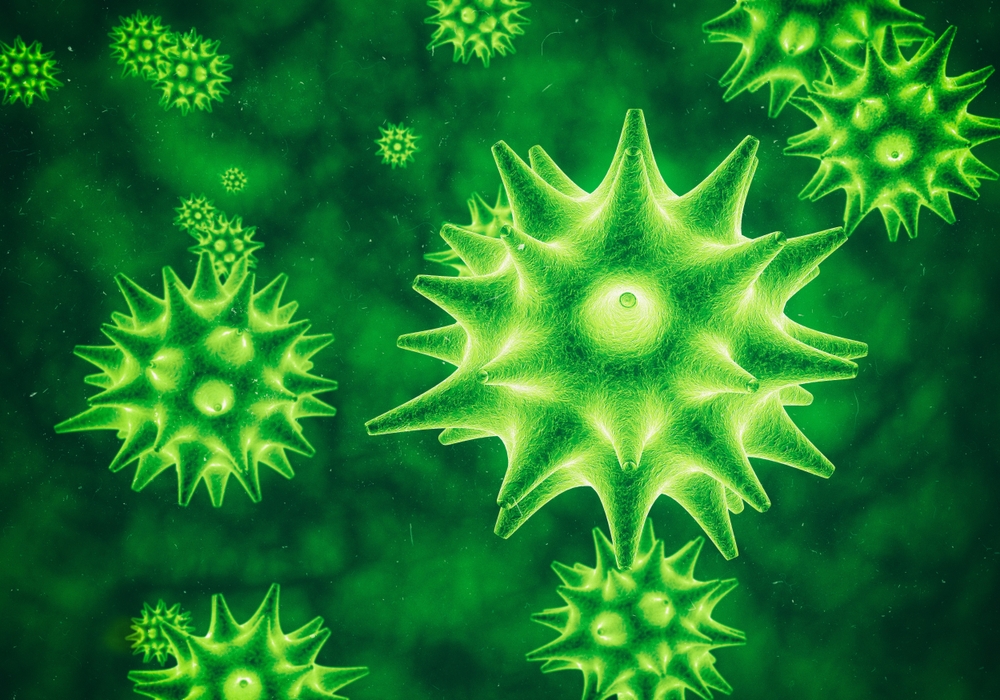
Bacteria and viruses can enter tap water through contamination from sewage, animal waste, or poorly maintained water systems. Pathogens like E. coli, Giardia, and Legionella pose serious health risks, including gastrointestinal illness, respiratory infections, and more. Water treatment plants typically kill most pathogens, but outbreaks can still happen, especially in areas with outdated infrastructure. In some cases, contamination from nearby construction or heavy rainfall can lead to the presence of harmful microorganisms in the water supply.
To protect yourself from waterborne diseases, consider using a water filter that can eliminate bacteria and viruses. Boiling water is another effective method to kill harmful microorganisms if you’re concerned about water quality in your area. Regularly check local water quality reports for updates on any potential bacterial contamination and take precautions accordingly.
11. Radon: A Radioactive Risk

Radon is a colorless, odorless gas that can seep into water supplies, particularly in areas with high natural uranium deposits. Though it’s more commonly associated with air quality, radon in drinking water poses a risk when it’s released into the air during household activities like showering. Prolonged radon exposure is linked to lung cancer and other health concerns, making it a risk that should not be ignored.
To detect radon in your water, consider having your well water tested. Installing an activated carbon filtration system or aeration treatment can help reduce radon levels and minimize the associated health risks. If you live in an area known for high radon levels, regular testing and mitigation efforts can help protect your family’s health.
12. Toluene: A Solvent In Your Water
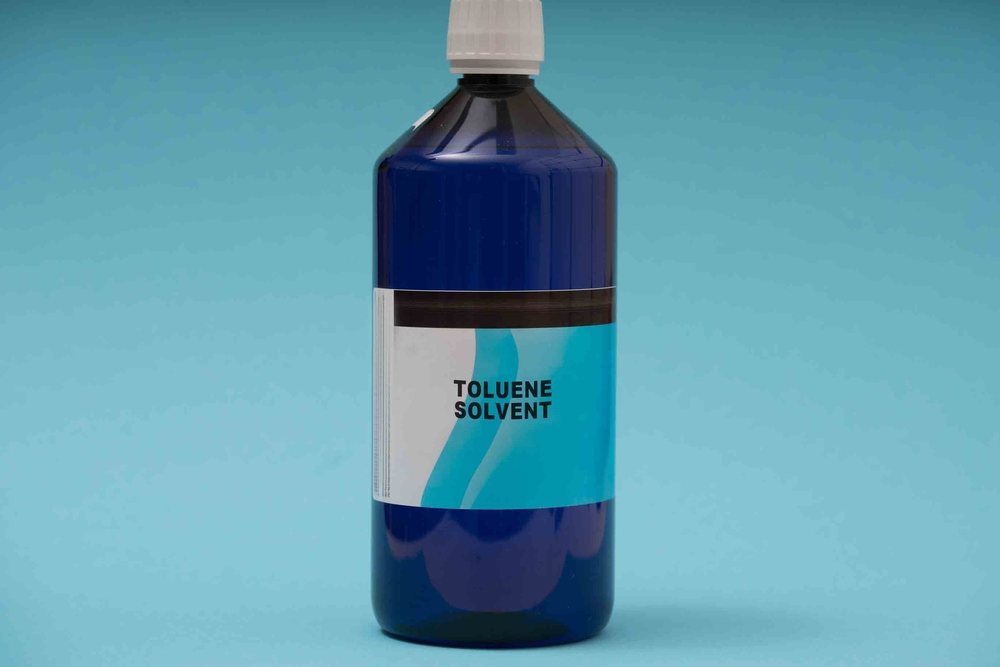
Toluene is a volatile organic compound (VOC) found in industrial solvents, paint thinners, and fuel additives. It can contaminate water sources through improper disposal or chemical spills. Toluene exposure can cause headaches, dizziness, nausea, and damage to the liver and kidneys, making it a serious concern for public water supplies. Long-term exposure to toluene can also affect the central nervous system, leading to cognitive and neurological issues.
If you live near industrial areas, it’s crucial to have your water tested for VOCs like toluene. Activated carbon filters are effective at removing these compounds, ensuring that your water is free from harmful solvents. Being proactive about water quality and taking steps to reduce exposure can help mitigate the risks associated with these chemicals.
13. Total Dissolved Solids (TDS): The Hidden Gunk

Total dissolved solids (TDS) refer to the combination of organic and inorganic substances found in water, including salts, minerals, and metals. While TDS itself is not harmful, high levels can indicate contamination from sewage, industrial waste, or other pollutants. Elevated TDS levels can affect the taste of water and may also point to the presence of other harmful contaminants. Monitoring TDS levels in your water is important to ensure it meets safety standards and remains drinkable.
To reduce TDS levels, use a reverse osmosis filtration system, which is highly effective at removing dissolved solids. Regular water testing will help you understand the quality of your tap water and whether TDS levels are a concern. Keeping track of your water’s TDS level is essential for ensuring its purity and overall safety for consumption.

Abisola is a communication specialist with a background in language studies and project management. She believes in the power of words to effectively connect with her audience and address their needs. With her strong foundation in both language and project management, she crafts messages that are not only clear and engaging but also aligned with strategic goals. Whether through content creation, storytelling, or communication planning, Abisola uses her expertise to ensure that her messages resonate and deliver lasting value to her audience.


